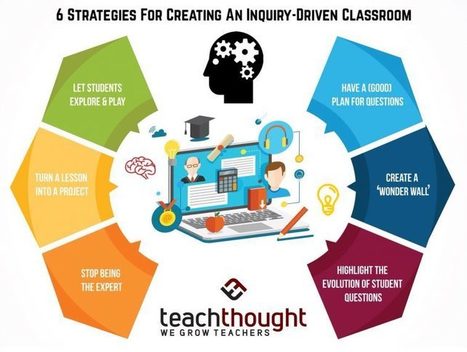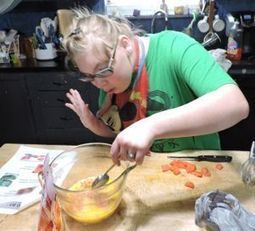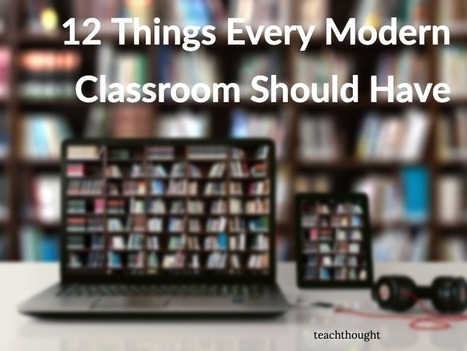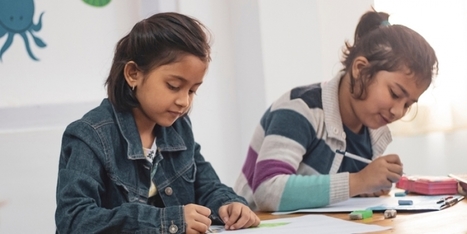What do highly effective teachers do in online classrooms? We combed through dozens of studies to find the best research-backed ideas.
Research and publish the best content.
Get Started for FREE
Sign up with Facebook Sign up with X
I don't have a Facebook or a X account
Already have an account: Login
News, reviews, resources for AI, iTech, MakerEd, Coding and more ....
Curated by
John Evans
 Your new post is loading... Your new post is loading...
 Your new post is loading... Your new post is loading...
carpetcleaninginRichmondVA's curator insight,
November 29, 2017 6:17 AM
banner ad design is the best technique to attract the user to the website. 
David Alzate's curator insight,
December 1, 2017 9:05 AM
For each student, demystification begins with a direct and open conversation about the learning disabilities that brought them to Churchill. This dialogue continues throughout the student’s time here, and is something they carry on with them to high school, college, and their careers. These informal conversations between students, faculty, and parents are supplemented by formal demystification curriculum, which includes one-on-one and class discussions, literature, and student presentations. ts is very important to:
-Talk about why you struggle with certain tasks and what is different about the way your brain works Identifying your strengths, including things you are good at inside and outside the classroom -Identify a weakness, or something that is hard for you Developing a list of strategies for overcoming specific challenges Identifying a list of allies who can help you through a challenge |
|





















